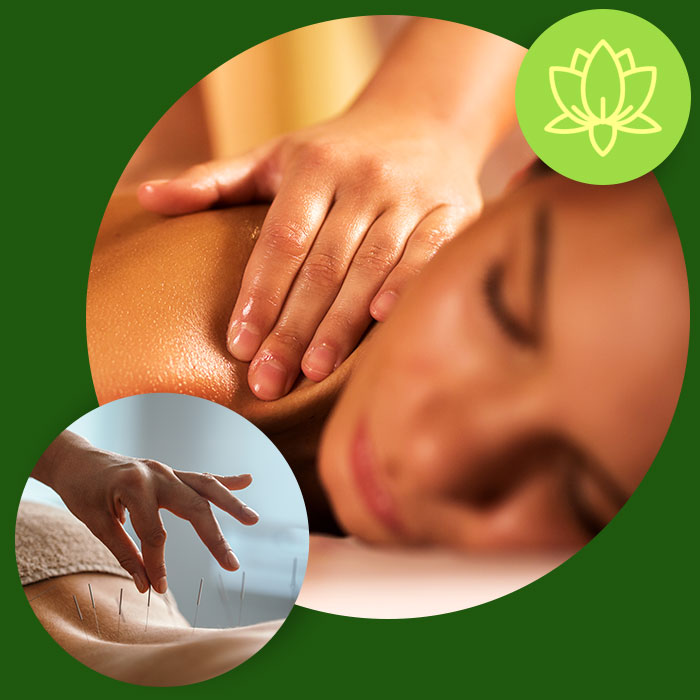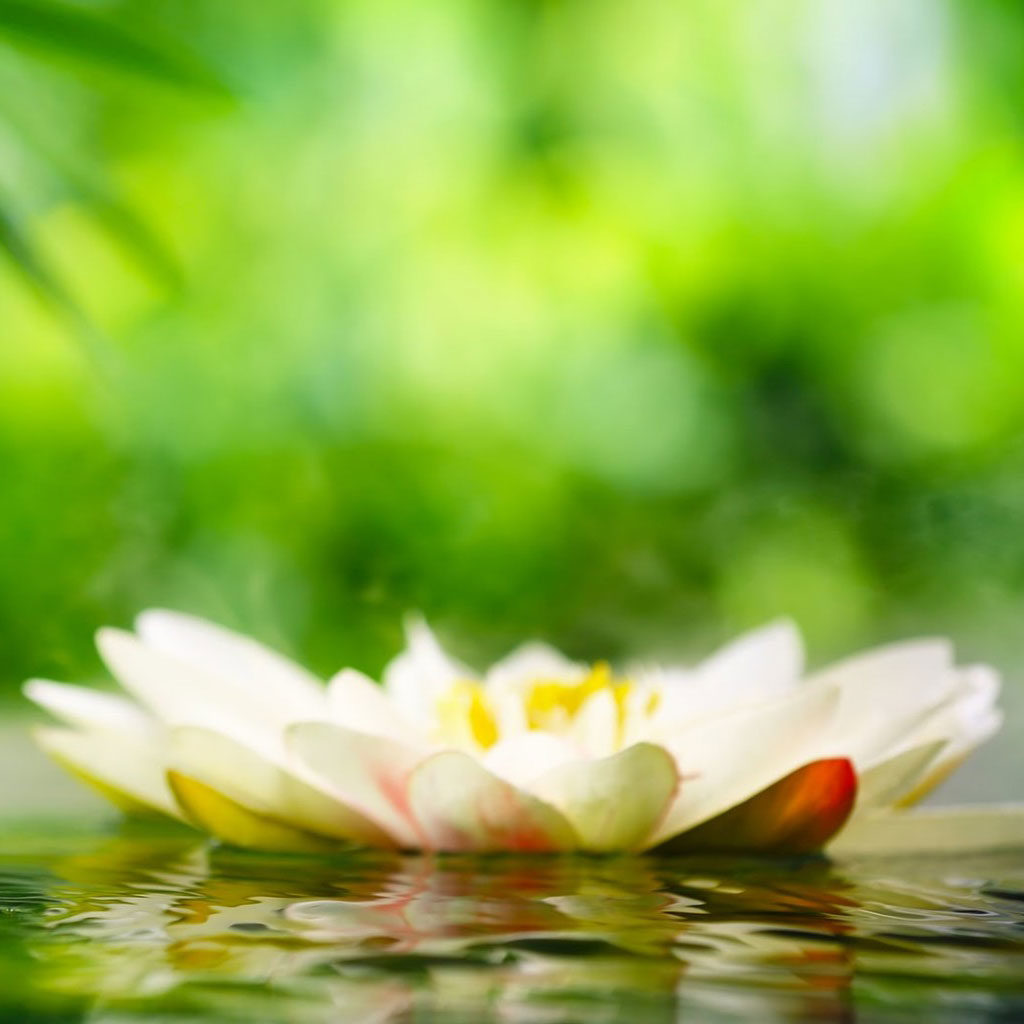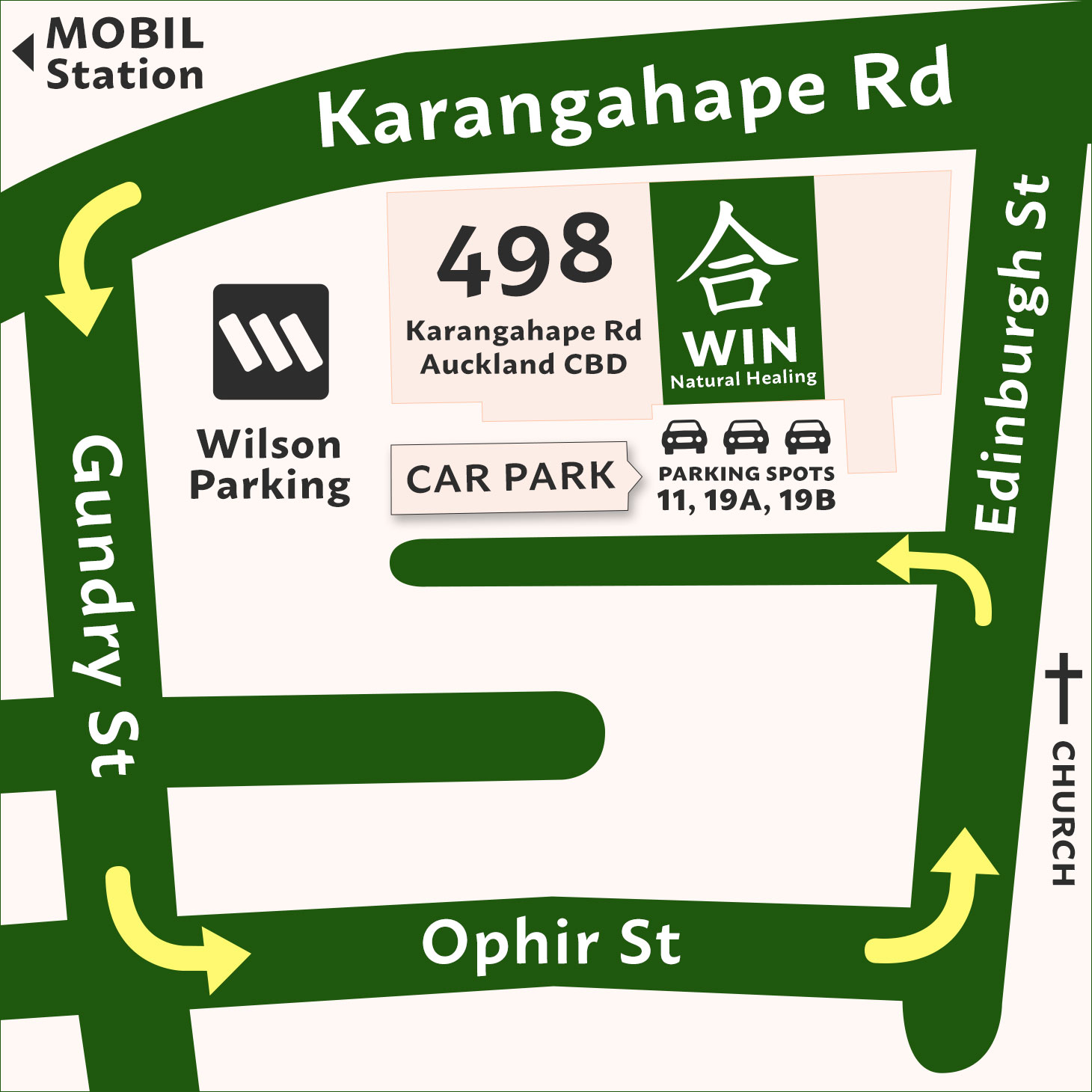

Acute mastitis is an inflammation of the breast tissue, which can sometimes involve an infection. While it's most common in breastfeeding women (known as lactational mastitis), it can also occur in individuals who are not breastfeeding, including men.
The symptoms can appear quickly and often affect only one breast. They commonly include:
The primary cause of mastitis, especially lactational mastitis, is often milk stasis (milk not being fully drained from the breast). This can create an environment where bacteria can grow. Other causes and risk factors include:
Treatment typically involves a combination of measures to reduce inflammation and, if necessary, address an infection:
If symptoms don't improve within 24 hours of starting treatment or if they worsen, or if you develop a high fever, pus/blood draining from the breast, or red streaks extending from the breast, seek medical attention promptly.
Untreated mastitis can sometimes lead to a breast abscess (a collection of pus), which may require drainage.
In rare cases, symptoms of inflammatory breast cancer can mimic mastitis. If mastitis doesn't clear up after antibiotic treatment, further investigation (like a biopsy) may be necessary to rule out other conditions.
Beyond conventional treatments, Traditional Chinese Medicine (TCM) offers a holistic approach that may complement your recovery. TCM principles focus on restoring balance within the body, often utilizing acupuncture, herbal remedies, and dietary adjustments to reduce inflammation, improve circulation, and support the body's natural healing processes. While not a substitute for medical care, discussing TCM options with a qualified practitioner could provide additional pathways to well-being.

We are delighted to welcome you into a space where healing takes precedence, and every treatment is a step toward renewed health.
Book Now
Hello, my name is Winnie Li and I am a trained Tui Na massage from the school of Chinese Medicine in Shanghai. In 2022 I graduated in Health Sciences majoring in Acupuncture at the New Zealand College of Chinese Medicine.
I have worked in both Singapore for 2 years and for over a decade in both the north and south islands of New Zealand, providing Tui Na massage and now acupuncture here in Auckland.
BOOK AN APPOINTMENT
For more information phone:
(027) 3939 208
Or visit our Auckland studio:
498 Karangahape Road,
Auckland CBD